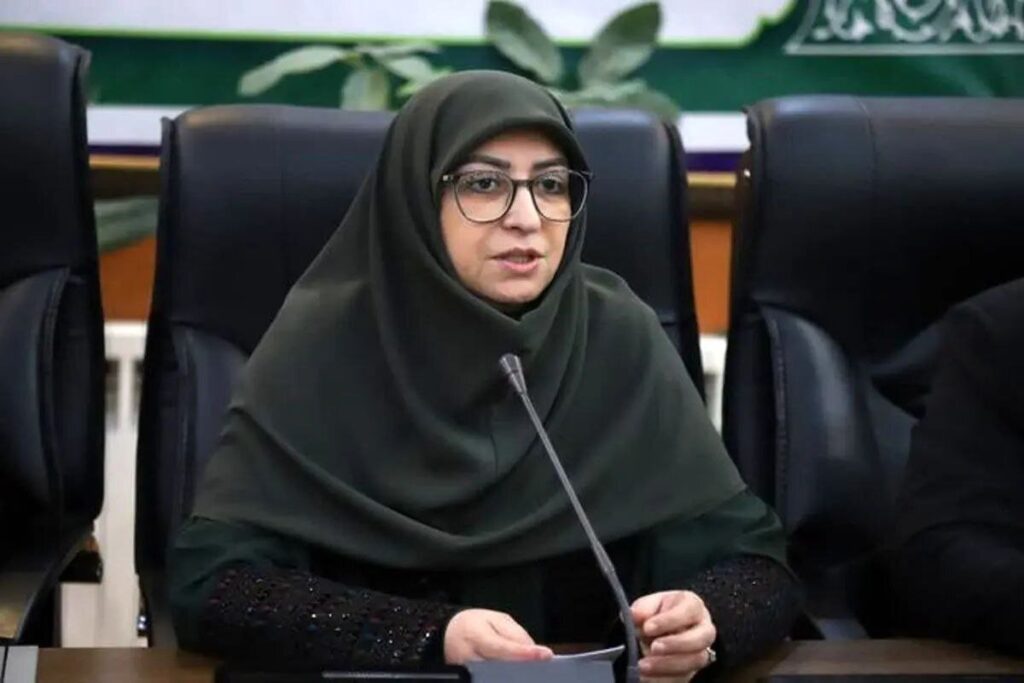Tehran – Sheena Ansari, head of the Environmental Bureau (DOE), has announced the provision of a data bank of over 5,000 creatures in the Persian Gulf and the Sea of Oman.
This includes efforts such as preparing atlas for sensitive marine ecosystems and identifying habitats for unknown coral reefs, such as the Shah Alam region on the maritime border with Qatar.
Officials made their remarks on the Persian Gulf National Day, which is observed on April 29th each year. This day marks the anniversary of the capture of Ormuz (1622) and expelling the Portuguese navy in the Strait of Hormuz.
With Iran’s 4,900-kilometer coastline, the Persian Gulf and the Oman Sea are located in one of the richest marine ecosystems in the world. DOE implements a variety of measures to protect the biodiversity of marine ecosystems, including the development of data strategies and planning tools to implement scientific and data-driven decision-making.
Legal support and uncontrolled conservation measures are not successful. To strengthen regulatory and legal frameworks, the DOE has developed and issued guidelines for seawater quality standards, marine discharge regulations, dr dr, waste disposal regulations and assessment of oil contamination damage, officials added.
The DOE is implementing other programs such as coral restoration, registration of coastal wetlands under the Ramsar Convention, development of a national action plan for mangrove conservation, and monitoring the marine environment, Ansari further noted.
Mangrove losses in the Persian Gulf
Researchers at the National Institute of Marine Science reveal that mangrove ecosystems in the northern Persian Gulf face a variety of environmental and anthropogenic pressures.
Mangrove trees, as a wonder of the marine environment, offer many benefits to a variety of species, including birds, fish, crustaceans and even terrestrial animals, and stabilize the soil. Mangrove forests are rich ecosystems that support planets and humanity in unique ways by providing conditions for fish growth, carbon storage and fighting floods.
They can store about 6-8 tonnes of carbon per hectare per year. They contribute to creating a complete ecosystem. On the water, mangrove trees provide bird habitat, while amphibians and small fish live in the roots. Mangroves play an important role in preserving beach soil and protecting it from erosion. Mangrove trees play an important role in maintaining the ecological balance of the ocean.
Iran’s mangrove forests consist primarily of Avisenna Marina, known primarily as Hara, and are named after the great Iranian scientist Avisenna, or Abu Alisina, of the 11th century.
This study uses a multidimensional approach that includes satellite-derived, drone-based, and field-measured data to assess the ecological dynamics of mangroves in Deyer City (MDC) in the northern Persian Gulf.
Satellite images from Google Earth (2011–2022) reveal changes in the MDC region, with significant planting efforts until 2018, followed by rapid degradation.
This study suggests that long-term multifaceted surveillance, particularly at various points within mangrove ecosystems, is essential for effective management.
By discussing these local variations in salinity and its effects, the case studies highlight how to take into account site-specific conditions when assessing mangrove health and interpreting the effects of salt stress.
This study also highlights the important need to address human-induced threats to mangrove ecosystems. Emergency conservation and management strategies are essential to mitigate the effects of artificial pressures and to ensure the survival of mangrove ecosystems facing environmental challenges.
Additionally, the impacts of climate change should be taken into consideration when planning conservation and management strategies.
mt/mg

